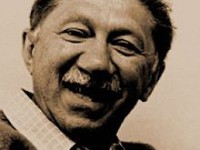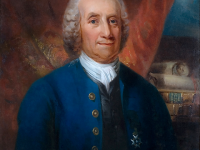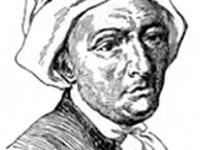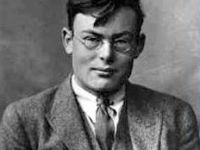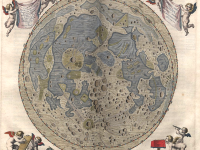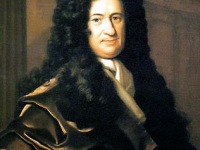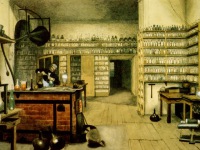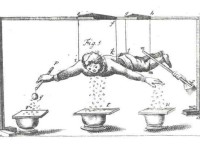Abraham Maslow and the Hierarchy of Needs
On April 1, 1908, American psychologist Abraham Harold Maslow was born. He is best known for creating Maslow’s hierarchy of needs, a theory of psychological health predicated on fulfilling innate human needs in priority, culminating in self-actualization. He stressed the importance of focusing on the positive qualities in people, as opposed to treating them as a “bag of symptoms.” “I suppose it is tempting, if the only tool you have is a…
Read more

